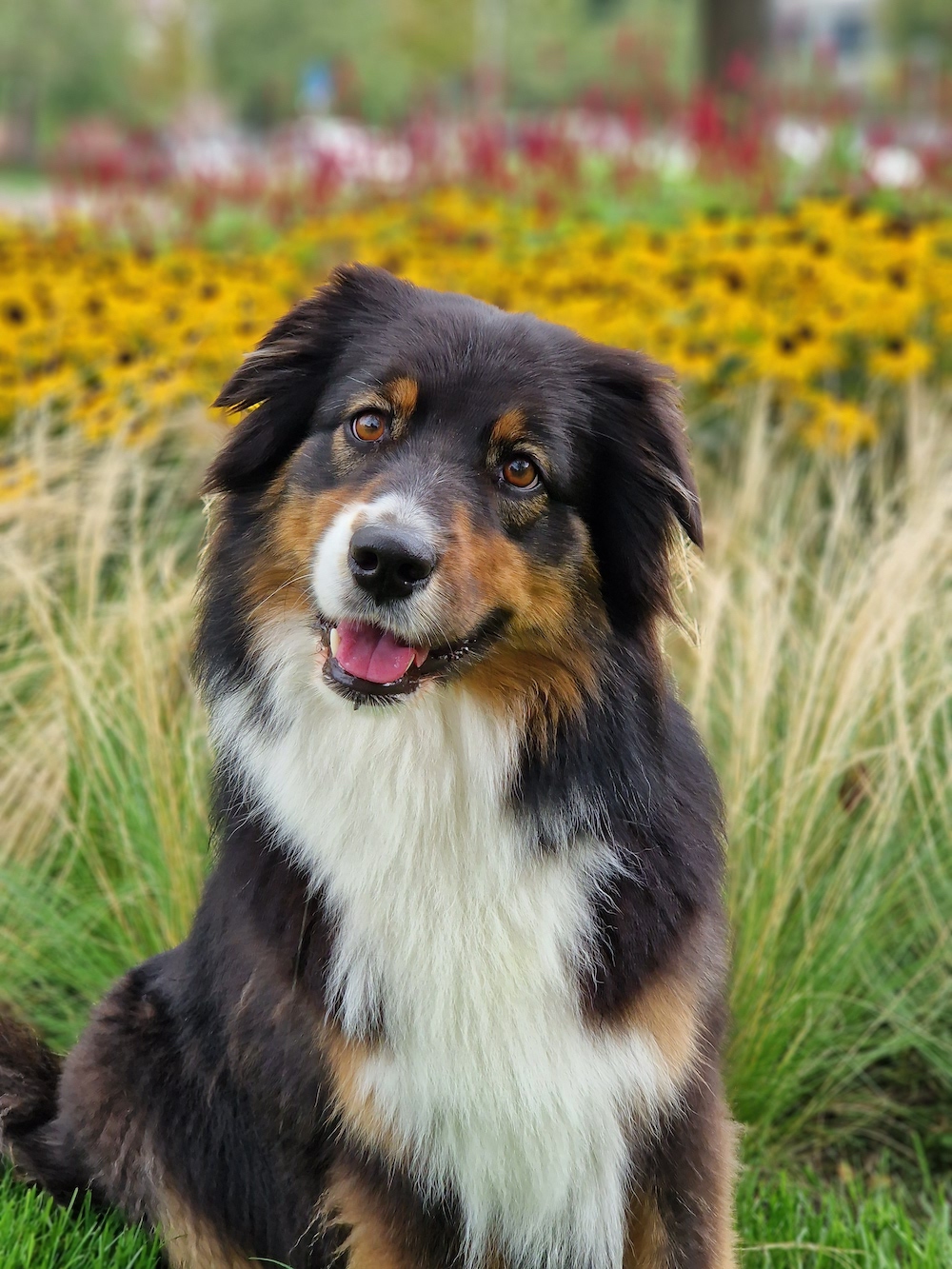The accurate identification of dog breeds has always been a challenge, with visual appearance often being the primary method used. However, recent advances in genetic analysis have provided a more reliable means of determining a dog’s true race. This article aims to explore the limitations of identifying dog breeds based on visual cues and highlight the crucial role that database size plays in accurate breed identification through genetic analysis.
The Limitations of Identifying Dog Breeds: Genetic Analysis Unveils the Dependence on Database Size
Visual identification of dog breeds has long been a popular but flawed approach. While certain breeds may have distinct physical characteristics, such as size, coat color, or facial structure, relying solely on these traits can be misleading. Many breeds share similar features, making it difficult to differentiate accurately. Additionally, mixed-breed dogs further complicate the process, as their genetic makeup can be a complex combination of multiple breeds. Without genetic analysis, visual identification alone can often lead to misclassification and inaccurate labeling.
Genetic analysis has emerged as a groundbreaking technique for determining the true race of dogs. It involves examining a dog’s DNA to identify specific genetic markers associated with different breeds. However, the accuracy of genetic analysis heavily relies on the size and diversity of the database used for comparison. A limited database can result in incomplete or inaccurate results, as certain breeds may be underrepresented or not included at all. The smaller the database, the more likely it is that a dog’s breed will be misidentified or go unrecognized. Therefore, it is crucial to have access to a comprehensive and diverse database to ensure accurate breed identification through genetic analysis.
Debunking the Myth: Genetic Analysis Exposes the True Race of Dogs Regardless of Database Size
Contrary to popular belief, the size of the database used for genetic analysis does not determine the accuracy of breed identification. Research has shown that as the database size increases, the chances of accurately identifying a dog’s breed also increase significantly. However, even with a limited database, genetic analysis can still provide valuable insights and narrow down potential breeds. It is essential to recognize that database size should not be seen as a hindrance but rather as an opportunity for continuous improvement and expansion.
To address the limitations of database size, ongoing efforts are being made to expand and diversify existing databases. Collaborative initiatives involving veterinary clinics, breeders, and dog owners are crucial in collecting and sharing genetic data from various canine populations. By increasing the size and diversity of the database, genetic analysis will become even more accurate, leading to better breed identification outcomes. It is important to promote the importance of contributing to these databases to ensure a comprehensive and reliable resource for accurate breed identification through genetic analysis.
In conclusion, the accuracy of identifying dog breeds has significantly improved with the advent of genetic analysis. While visual identification has its limitations, genetic analysis provides a more reliable means of determining a dog’s true race. However, the accuracy of breed identification through genetic analysis is heavily dependent on the size and diversity of the database used. Efforts to expand and diversify these databases are crucial to ensuring accurate breed identification for all dogs, regardless of their genetic background. By recognizing the importance of database size and actively contributing to these resources, we can continue to enhance our understanding of dog breeds and provide better care tailored to their specific needs.


